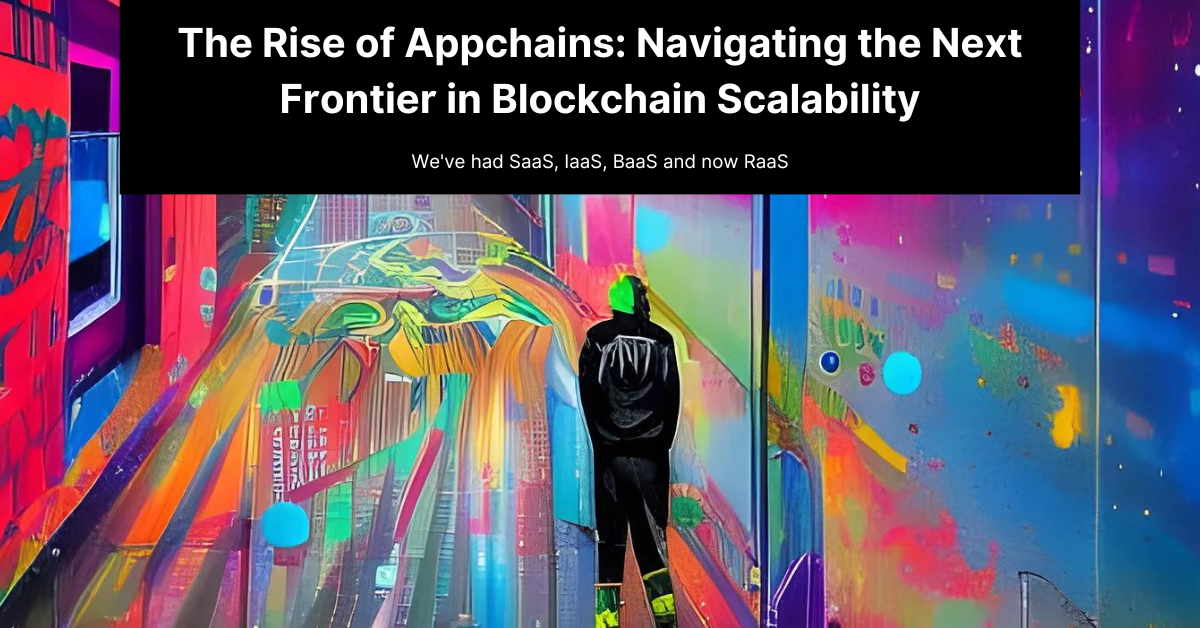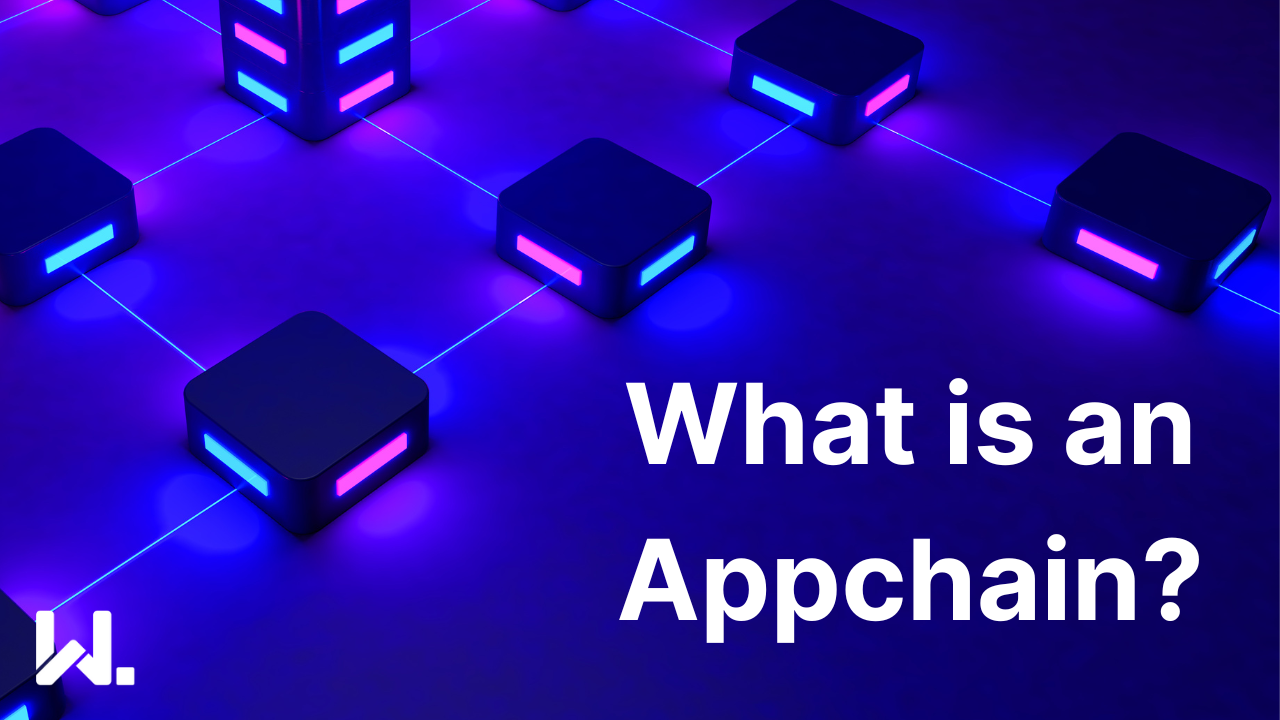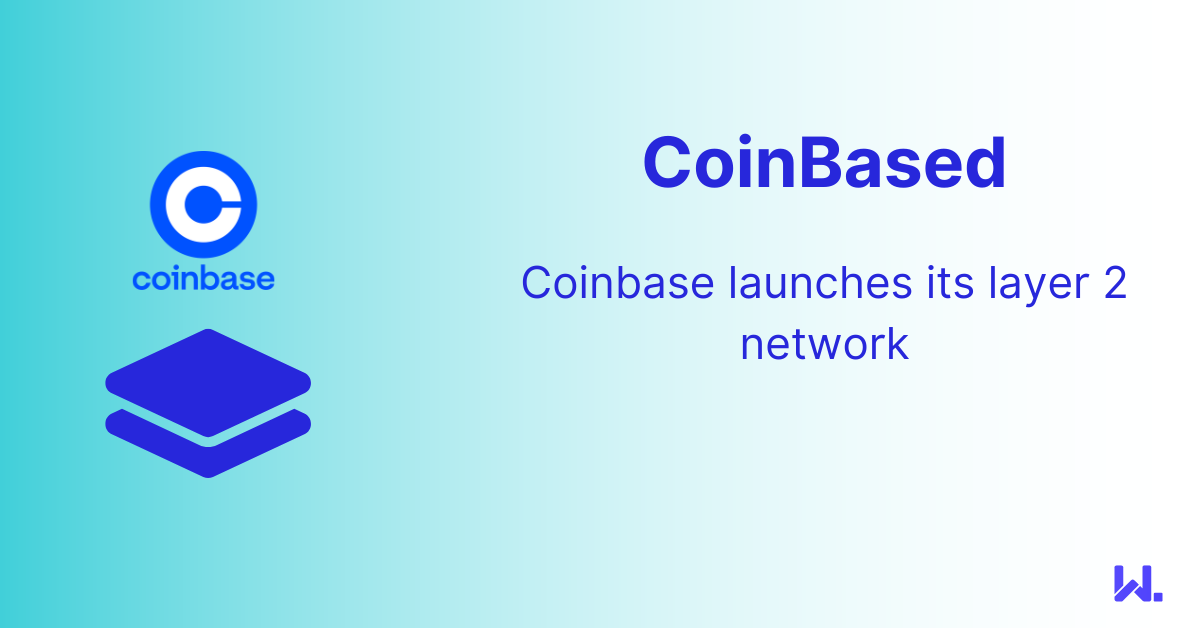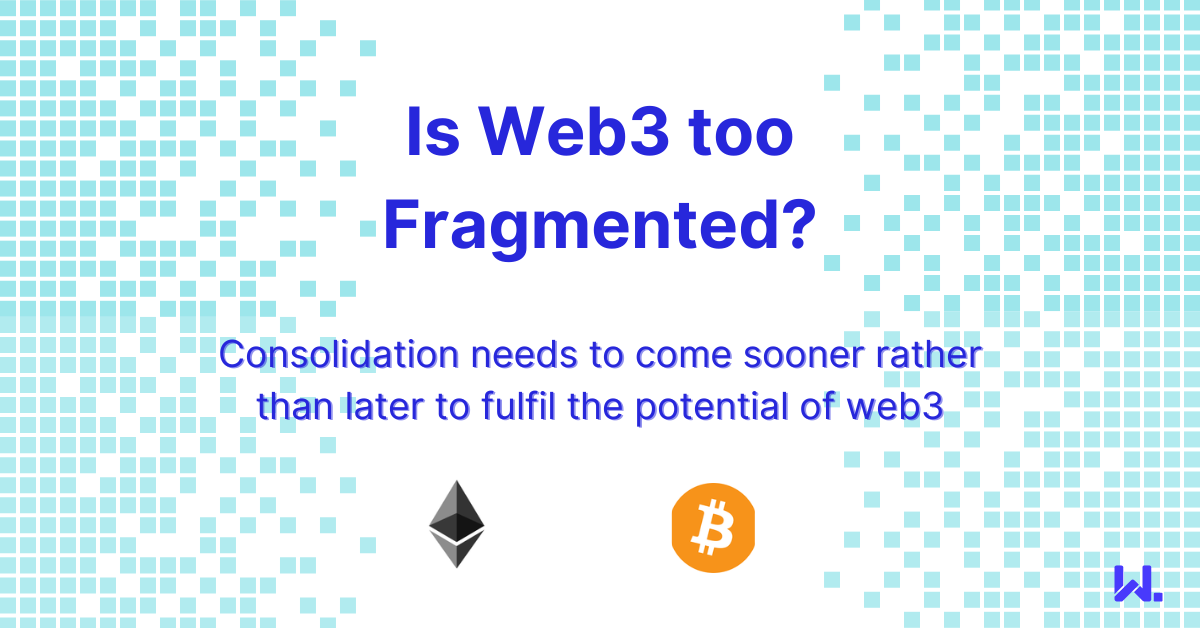The Rise of Appchains: Navigating the Next Frontier in Blockchain Scalability
During 2022 through 2023 we saw a lot of progress being made in scaling Ethereum via layer 2 networks. Optimistic-based rollups such as Arbitrum and Optimism were joined by rollups utilising zero-knowledge technology used by Polygon ZK-EVM, Linea, ZK-Sync, Scroll, Starknet and others. All of the providers of layer 2 networks are aware that scaling blockchain networks doesn't end with layer 2, there is an additional layer to the stack — layer 3 or appchains which many consider the scalability nirvana for blockchains.
Appchains or application-specific blockchains offer greater speed, lower transaction costs and are customised to serve particular use cases, unlike public layer 2 blockchain networks.
Many of the teams who have launched layer 2 networks have recently announced dedicated stacks for building appchains that sit on top of their layer 2 networks.
The appchain stacks
At the time of writing, all of the following appchain stacks have been announced by the major layer 2 teams:
-
Polygon's Chain Development Kit
-
Optimism's OP Stack
-
ZK Sync's ZK Stack
-
Arbitrum's Orbit Chains
-
Starknet's Starknet Stack
Linea and Scroll are absent from this list, but this is likely due to them having launched their layer 2 mainnets later than the other teams.
Outside of the Ethereum ecosystem, you have appchain toolchains for many other blockchain networks including Polkadot (Substrate), Avalanche (Subnets) and Cosmos (Zones). These all offer EVM support too to piggyback off the Ethereum ecosystem.
Rollups as a Service (RaaS)
In addition to the teams building these appchain stacks, you have companies who traditionally offered blockchain as a service (BaaS) deployments extending their offers to include rollups as a service (RaaS). The terms rollup, appchain and layer 3 networks are being used somewhat interchangeably when referring to these types of networks. Also, Appchains as a Service is unlikely to catch on given its acronym… 🤔).
Private blockchain 2.0
In some respects, this sounds like history repeating itself. Five years ago when BaaS offerings were first being offered, companies were launching private blockchain initiatives left, right and centre.
Since that time the narrative has swayed more toward public blockchains being the future over private. Private networks still have a place, but they're harder to bootstrap, govern and maintain than public networks which for all intents and purposes are akin to a utility.
It wasn't just the overhead of running private networks, many projects simply didn't warrant moving beyond a proof of concept.
Organisations that are investing now in web3 initiatives are wiser than they once were. They understand the domain and many of them now recognise the reach that is available via public networks.
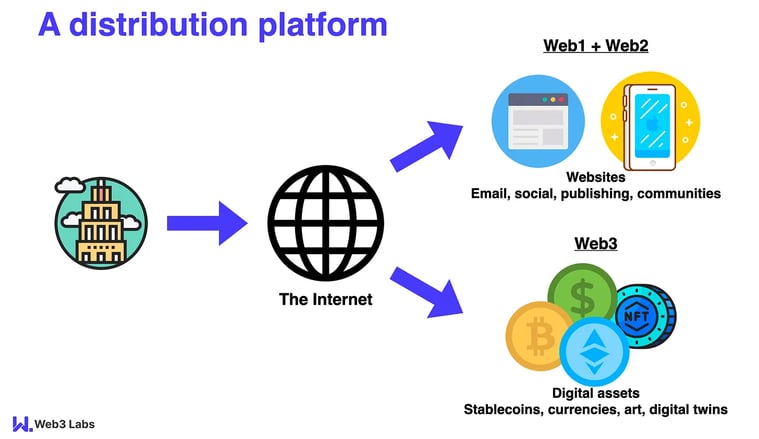
They still face challenges on public networks, such as the fact they are competing with all other users of the network and that transaction costs may be higher than they like.
The appeal of appchains
Launching a dedicated appchain could be appealing to them for these reasons and others.
By launching an appchain, they are able to control certain components of the network, but inherit security provided by a layer 2 network without having to bootstrap the trust themselves.
This means that the creator can specify the network configuration that best suits their use case. Some of the options include:
-
The cryptocurrency or token used to pay for transactions on the network. Whether it's the currency of the underlying network such as Ether, or the network’s own token. They may even choose a gasless network
-
The block size. If the network is going to be processing large volumes of simple transactions, a smaller block size could be used to increase throughput. Conversely, if transactions are more complex, a larger block size could be specified.
-
Restrictions on what wallets can transact with the network such as only those that have gone through a KYC process.
-
The frequency with which transaction or proof attestations are rolled up onto the underlying network it is using.
Additionally, the lifetime with which rollups are required varies. Unlike blockchains, rollups can be ephemeral or temporary.
Ephemeral chains
In his excellent talk at EthCC earlier this year, Amrit Kumar of Altlayer discussed these ephemeral rollups (he covered a number of other topics which is why you should definitely watch his full talk). He highlighted how when you have large amounts of on-chain activity that needs to happen over a short period of time, such as an NFT mint or a virtual land sale such as Yuga Labs did, an ephemeral rollup would be ideal.
The blockchain-heavy activity can take place on a dedicated rollup, which once complete, the rollup can be retired, with all state changes maintained on the base network.
When someone wishes to subsequently append to this rollup state, such as transferring ownership of a minted NFT. They can undertake this operation on the network used by the rollup, as a full history of the ephemeral rollup is forever stored on the network it was secured by.
How many appchains do you need?
With all of the activity by layer 2 teams in launching their appchain stacks and blockchain infrastructure providers scrambling to support them, we're going to see more and more appchains being launched over the coming months.
The question that is on many people's minds is how big the space is likely to grow. Opinions vary greatly, with some viewing there being a future of only hundreds of appchains, whereas others, hundreds of thousands of them.
It's beneficial for the larger number to come to fruition for the sake of layer 2 teams and infrastructure providers, but not all investors are as convinced of this at present.
Until we have the next wave of growth in web3, being driven by new sets of problems being solved by this technology, we don't know how big a part appchains will play in this. It's also likely that there will be consolidation in the number of appchain platforms as winners start to emerge.
Universal settlement layers
Appchains are a crucial piece of plumbing in helping blockchains to scale. They move the execution of decentralised applications onto their own dedicated networks to better serve their needs, rather than overloading the underlying blockchain network.
This allows base layer networks such as Ethereum to transition toward being universal settlement layers, which given their lower throughput and higher costs is a much more appropriate role for them to play for web3.
Many new appchains will launch over the coming months. Unlike standalone blockchain networks, they exist as part of a broader ecosystem as they settle transactions on an underlying network.
These ecosystems will strengthen the propositions of many of them. However, it’s still going to take time for this landscape to establish itself and the true winners to emerge. Especially when there are so many layer 2 networks to choose from and a need for greater product-market fit in web3.

